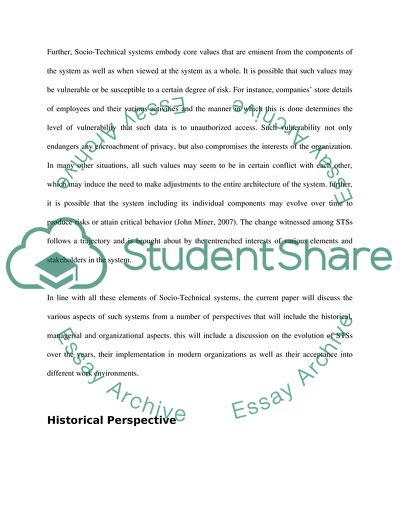Cite this document
(Socio-Technical Systems Assignment Example | Topics and Well Written Essays - 1750 words, n.d.)
Socio-Technical Systems Assignment Example | Topics and Well Written Essays - 1750 words. https://studentshare.org/sociology/1726679-w6-work
Socio-Technical Systems Assignment Example | Topics and Well Written Essays - 1750 words. https://studentshare.org/sociology/1726679-w6-work
(Socio-Technical Systems Assignment Example | Topics and Well Written Essays - 1750 Words)
Socio-Technical Systems Assignment Example | Topics and Well Written Essays - 1750 Words. https://studentshare.org/sociology/1726679-w6-work.
Socio-Technical Systems Assignment Example | Topics and Well Written Essays - 1750 Words. https://studentshare.org/sociology/1726679-w6-work.
“Socio-Technical Systems Assignment Example | Topics and Well Written Essays - 1750 Words”. https://studentshare.org/sociology/1726679-w6-work.


